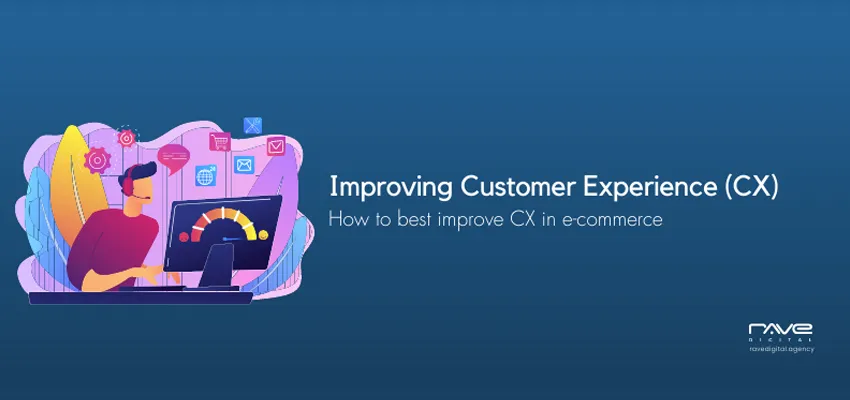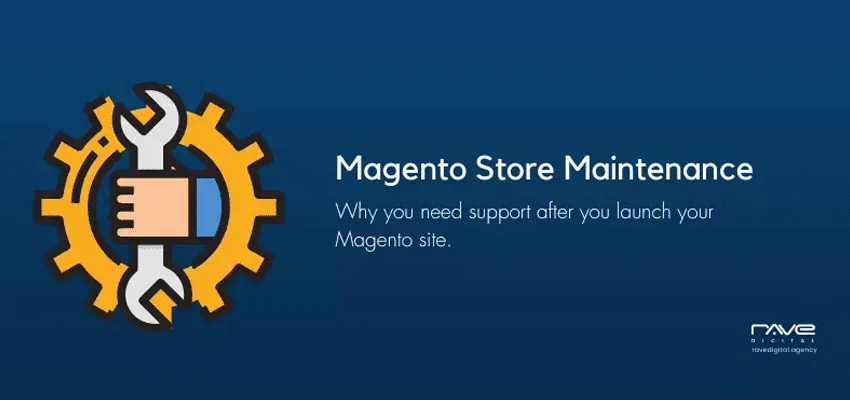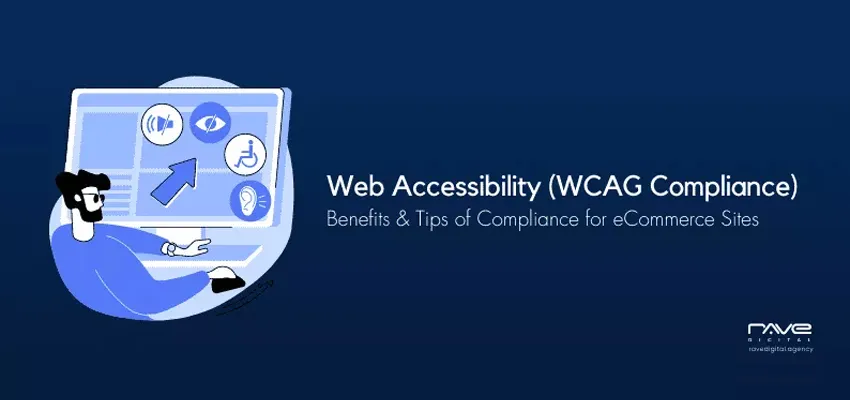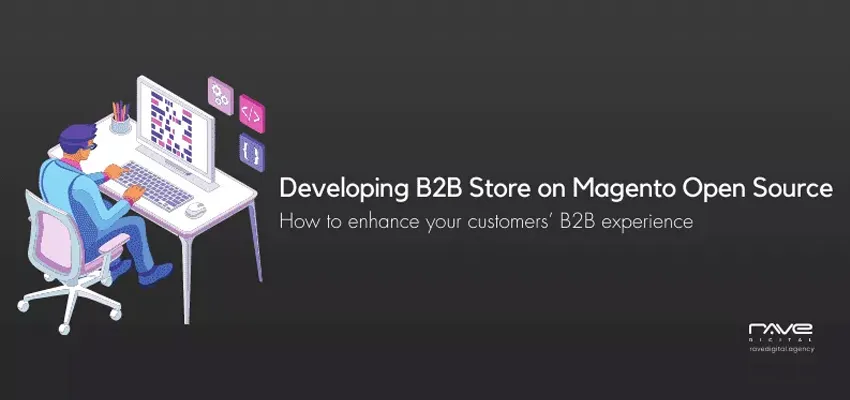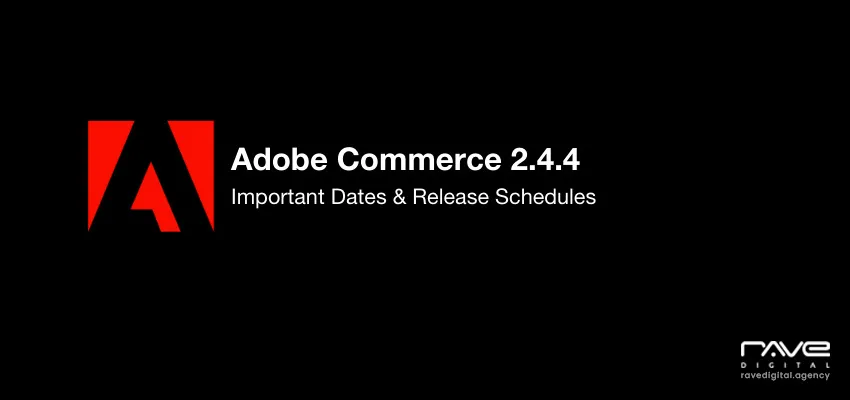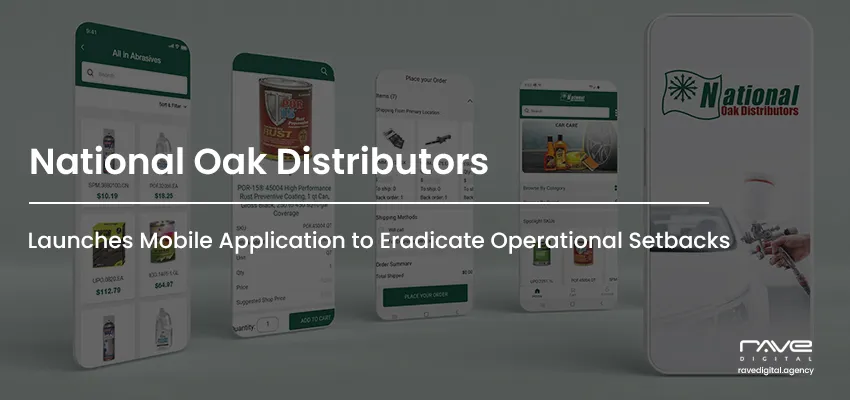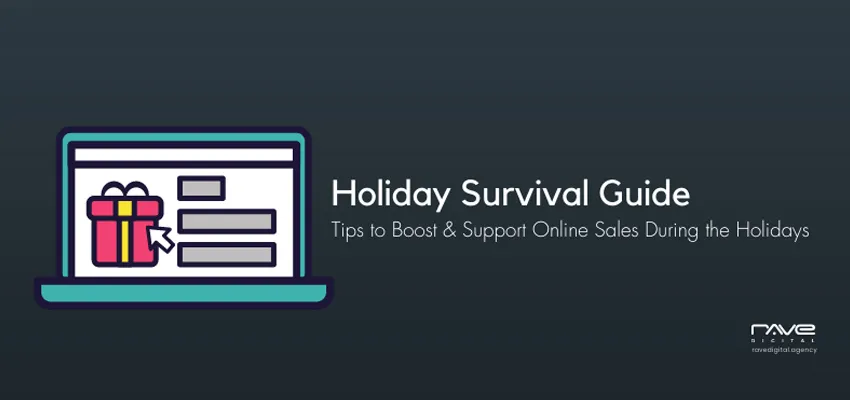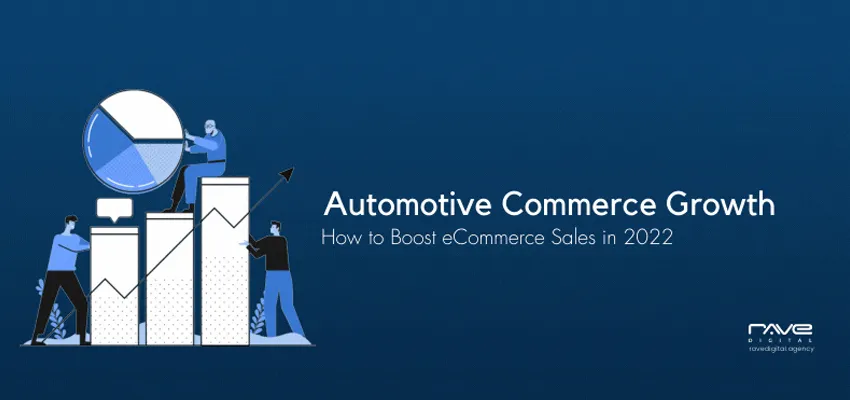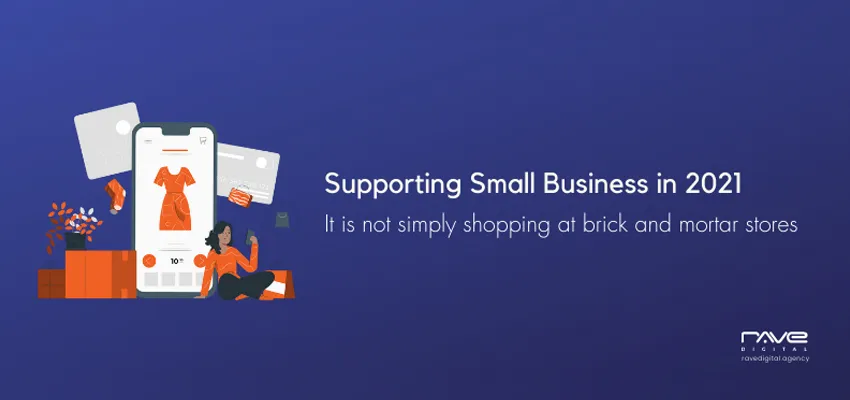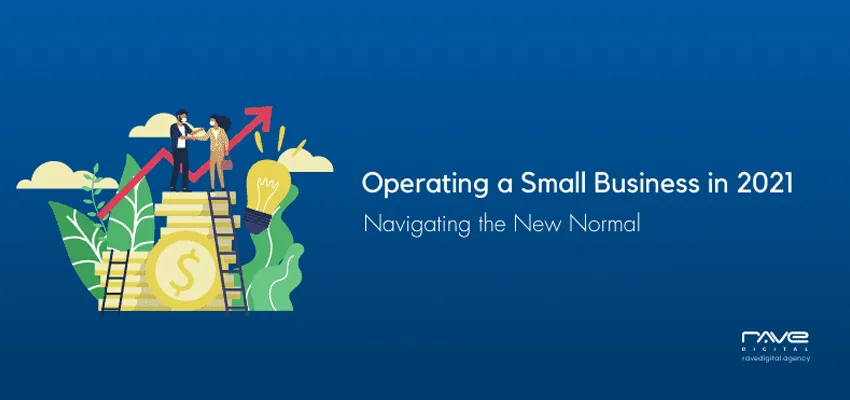The days when product quality was enough to keep customers loyal are long gone. Today’s consumers have high standards, and they’re not afraid to voice their opinions online if something goes wrong with an order or delivery time frame – which means that even small mistakes could cost you future business!
A lot goes into making sure customers have an enjoyable time shopping on-site – from selecting products themselves to completing transactions at checkout without any hassle. UX is all about making sure customers can complete their tasks as intended and with the most efficiency.
But how can you best improve the CX of your eCommerce store? Check a quick list below:
Understand your customers and what they want
Listening to your customers is crucial. You can’t be customer-centric if you don’t pay attention to what they are saying, right?
You can use tactics like brand monitoring and social listening to identify what your target audience is saying about you, other brands in the same industry, your competitors, or the product you sell. User-generated content on platforms such as Twitter, Quora, and Reddit may also provide insight into how customers feel when they interact with one of these companies online.
Use customer feedback to improve your CX
Your existing customers who are happy enough with their purchase can provide valuable information that will help improve future interactions for both parties.
When you survey your customers, they will be able to see how much value there is in staying loyal. By focusing on their feedback and making changes based on that data-driven information, people are more likely to want to continue doing business with you for years down the line.
Embrace Personalization
Personalizing the eCommerce customer experience is essential to your success. In online shopping, modern standards call for more personalization and tailored product recommendations – not just basic information about products but also an individualized approach that will make them want to keep coming back again and again.
With eCommerce personalization, retailers can tailor the shopping experience for each customer. This not only improves conversion rates but also increases loyalty by ensuring customers feel like they’re being treated as an important part of your business rather than just another potential sale on this day’s list.
The key is to deliver tailored content and promotions throughout every step that a person takes through your site or app – whether it’s before making a purchase decision or during checkout where information like shipping preferences is collected so you can offer personalized offers based upon what best suits the needs.
Respond quickly to customer concerns
You need to be prepared with whatever your customer might require. The best way of providing this assistance is by proactively delivering it, rather than waiting for them to reach out or ask questions. Your team needs to be able to provide hands-on customer support in a number of ways, whenever the client may need them.
The overwhelming majority (96%) of consumers say their brand loyalty often hinges upon how well you communicate with customers and offer quality services and products – so make sure your team is committed and empowered. Most customer concerns can be resolved in one or two interactions, such as ‘where is my order’ and ‘how do I return this item’. You can address these on a self-service or FAQ page.
Striving toward omnichannel support will provide your customers with more avenues to reach out for help. Omnichannel support may include Live Chat on the website, a robust help section or FAQ, and responding to comments on social media or other networking channels.
Offer a variety of payment options
In a world where people are becoming increasingly mobile, you must consider various payment options. Not only can customers still choose between credit cards and mobile payments but there is also an increased number of other modes such as e-wallets or digital currencies available for use on smartphones.
You don’t have to offer all types of payment methods; it would be overwhelming. Instead focus on identifying customers’ payment preferences and how you can provide a secure checkout process across the board, no matter what type they choose. A few common options include mobile wallets such as Google Pay and Apple Pay; or e-wallets like PayPal and Amazon Pay.
Consumers are increasingly turning to monthly payment plans over other forms of payment because they offer a more convenient and cost-effective way of maintaining their budget. 53% of customers think this type of billing is better while only 44% agree that it’s equally as good or worse than paying upfront without any monthly fees attached.
Make it easy to return items
Some customers are not sure if your product is the right product for their needs, so it’s important to offer a wide range of product details. For every order you ship, there’s a chance of a return – especially if the customer cares enough about their purchase. brick-and-mortar stores have an average 8% return rate; however, this number can be as high as 20.8% for online shoppers.
Customers who have a good experience with returns will have more confidence to order again, so you should make eCommerce returns hassle-free for your customers. Easy access to customer support or self-created RMAs is a couple of ways to simplify the returns process. If they’re happy with their first return experience then they would come back for another purchase soon.
Rave Digital has enabled several stores with the tools to empower your customers and support teams. We can customize your store with top-rated extensions to your look and voice.
